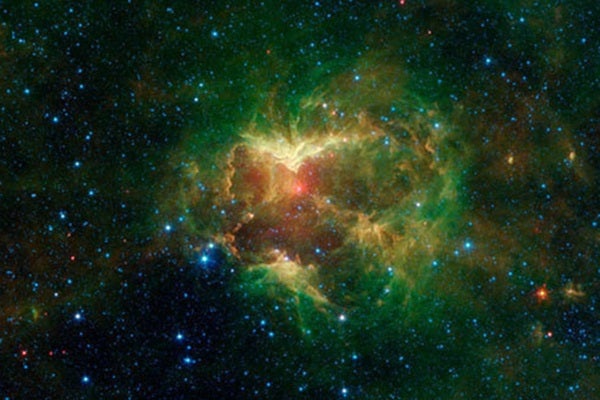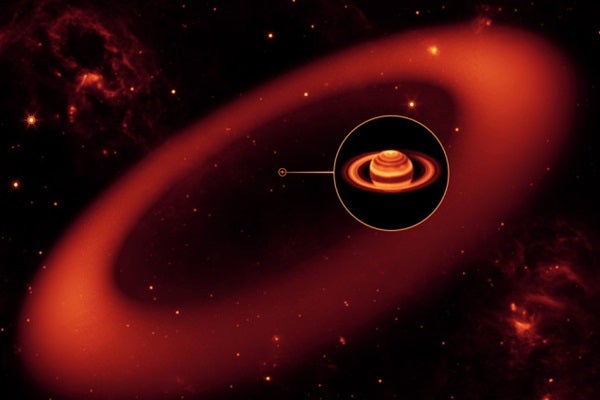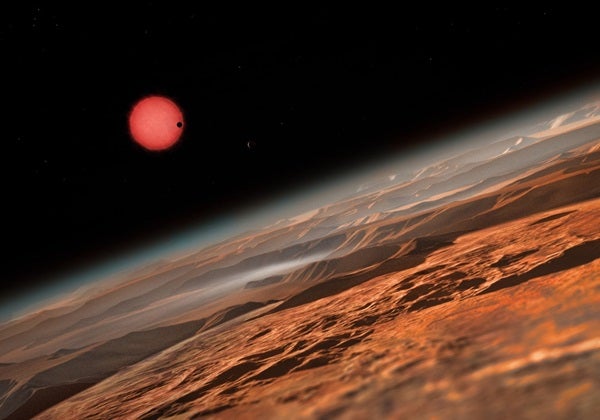All good things must come to an end.
This includes NASA’s Spitzer Space Telescope, an infrared observatory orbiting the Earth. The telescope, which has been in operation for 16 years, has captured data on exoplanets, far-off galaxies, and unknown mysteries of universe. After an illustrious career, Spitzer is set to retire on January 30.
Here are some highlights from Spitzer’s journey:
August 25, 2003
-
The Spitzer Space Telescope launches from Cape Canaveral, Florida.
November 2005
-
Spitzer detects light from the earliest stars (and possibly black holes) to form in the universe.
June 2008
-
After capturing images of the Milky Way for five years, NASA reveals a comprehensive portrait of our home galaxy known as GLIMPSE, short for Galactic Legacy Infrared Mid-Plane Survey Extraordinaire. When printed at its native resolution, the portrait measures 180 feet long by 4 feet wide.
May 19, 2009
-
The telescope’s coolant, essential for helping to reduce noise in images, runs out, officially ending Spitzer’s “cold mission.” Two of Spitzer’s instruments, the Infrared Spectrograph and the Multiband Imaging Photometer become officially unusable. This begins the “warm” phase of Spitzer’s mission.
October 2009
-
Spitzer discovers an unknown ring around Saturn, called the Phoebe ring. The ring, also the planet’s largest by radius, was only discovered because of Spitzer’s infrared capabilities.
July 2010
-
Spitzer finds unique, roughly spherical carbon molecules known as “buckyballs” in space for the first time. The molecules are made of 60 carbon atoms and seem to slough off of the atmospheres of aging, carbon-rich giant stars.
February 2017
-
Spitzer, along with a ground-based telescope, discovers a nearby chain of exoplanets, the TRAPPIST-1 system. The system is eventually found to contain seven planets, some of which may be in the habitable zone.
October 2018
-
Spitzer is supposed to end its mission, but due to delays on the James Webb Space Telescope, Spitzer’s mission is extended to 2020. This begins Spitzer’s “Beyond” mission.
Jan. 28, 2020
-
Spitzer carries out its last day of studying the universe and collecting data.
Jan. 30, 2020
-
Spitzer will receive a command from ground control at NASA to go into “safe mode,” shutting down all the systems on the telescope.













